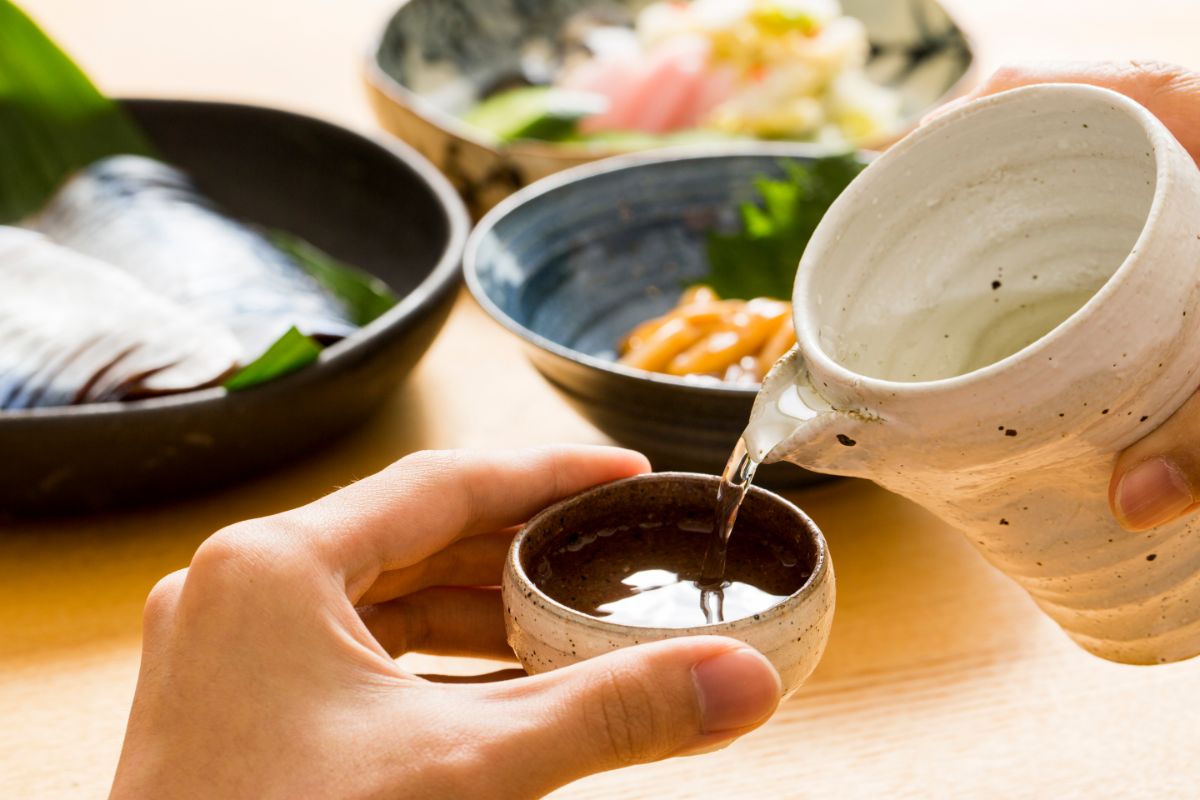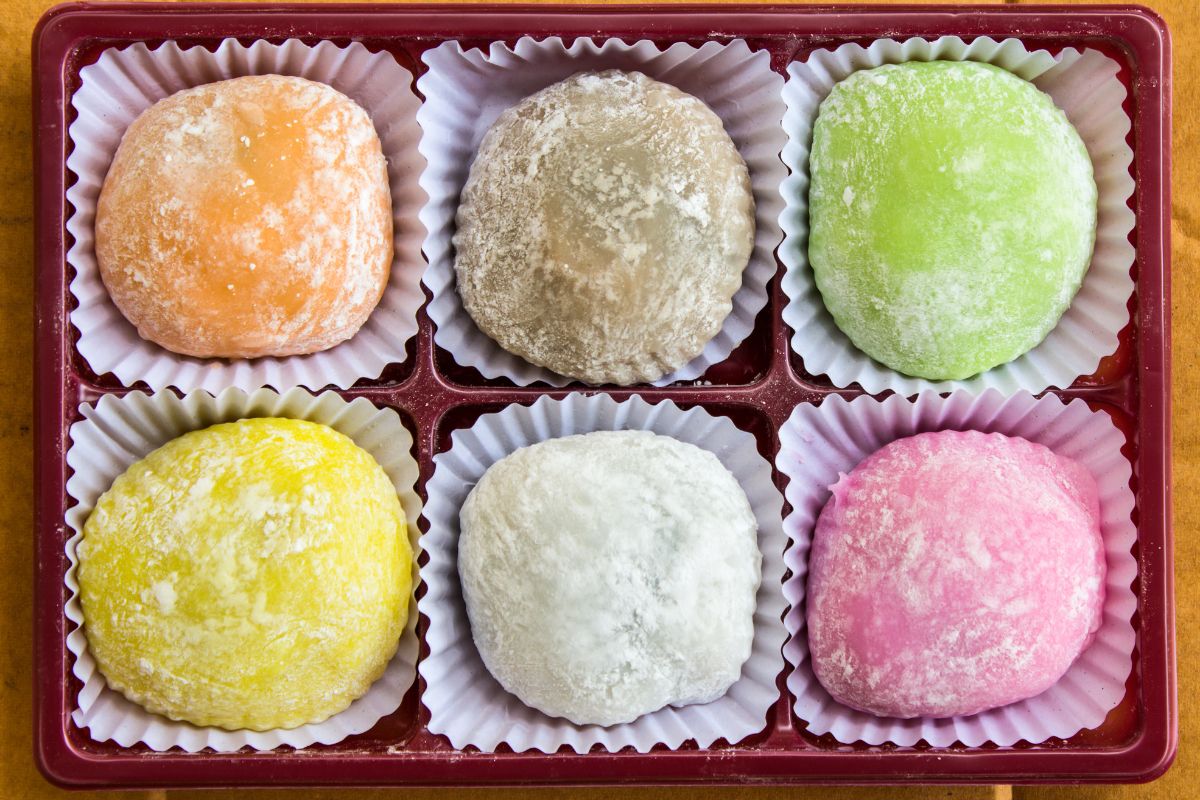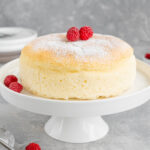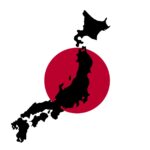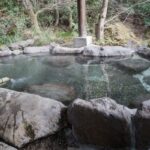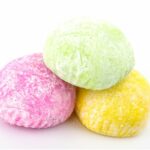Onsen egg, otherwise known as hot spring egg or Japanese onsen tamago, creates a deliciously smooth egg with a custard yolk. The name refers to how the recipe was traditionally made using a hot spring.
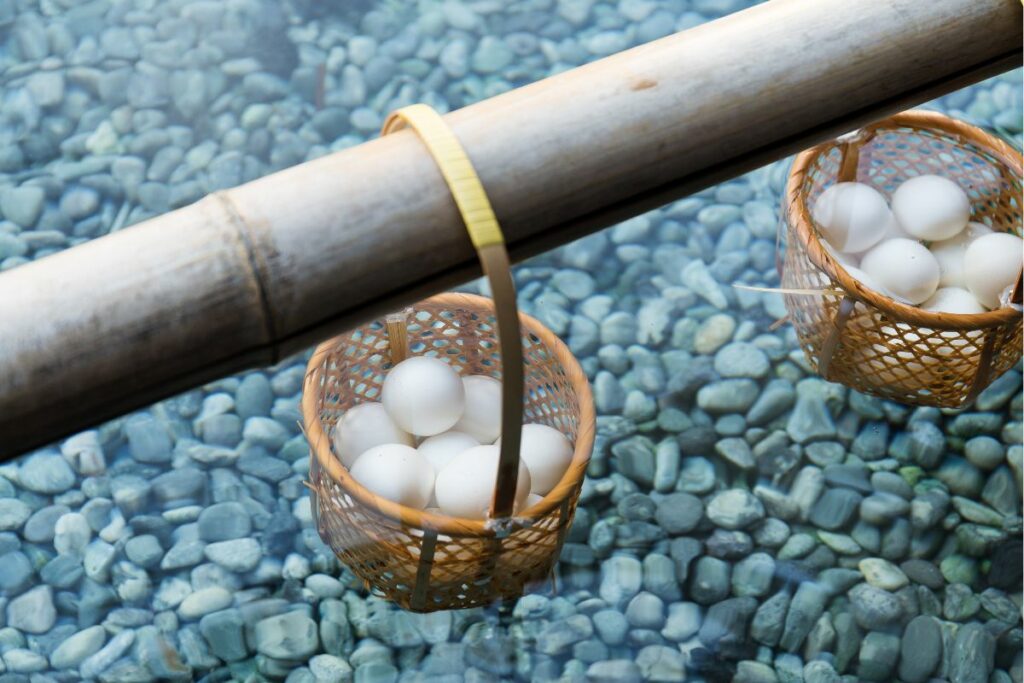
The consistently warm temperature of a hot spring would cook the egg evenly. Keeping it within the hot water for a long period of time would reveal a silky smooth texture of the egg.
These days however, you can make an onsen egg at home without the need of using onsen water. Because it is unlikely that you too will not have an onsen in your backyard, here is how you can make an onsen egg.
What Is An Onsen Egg?
An onsen egg is a type of cooked dish. It refers to the process of cooking soft boiled eggs using hot spring water.
Onsen are popular hot springs in Japan that use geothermal water. They are scattered across the country and provide clean, hot water. People bathe in hot springs, and often benefit from the naturally high mineral content of the water.
Onsen tamago is in reference to the hot spring water and the egg. The hot spring water is the perfect temperature to create a delicious soft boiled egg.
Sometimes a broth is poured over the egg, such as a soy-dashi soup.
How Was An Onsen Egg Traditionally Made?
An onsen egg was traditionally made using the hot springs that are natural to Japan. The temperature of the geothermal springs often stays at a consistent temperature – perfect for making soft boiled type eggs.
Traditionally, onsen egg was made by dropping the egg into the hot spring water. The shell is best kept on too, rather than being removed.
Once left for a few hours in the consistent temperature of the hot spring water, what would be revealed is a soft and silky egg with a custard like yolk.
Unless you have access to a natural hot spring, you might be wondering how you can make your own. Fortunately, there are ways to make onsen tamago at home.
How Does An At-Home Onsen Egg Recipe Work?
The key part when making an onsen egg is to keep the temperature consistent. This is why a natural hot spring works. The temperature stays the same which avoids the egg being either undercooked or overcooked.
It can be tricky trying to make your own onsen at home, but practice makes perfect. There may be a chance that your first onsen egg does not turn out right, but keep on trying.
The below methods are proven methods of making your own onsen egg. While the rice cooker method is a little easier, the pot method may be tricky. For this reason, you may want to try both to see which one works best for you.
The at-home method of making onsen tries to replicate the consistency of temperature in the same way a hot spring would. Always keep this in mind!
What Ingredients Do You Need For Onsen Egg?

While the main ingredient of an onsen egg is egg, you may want to flavor it too. Here are some suggestions in keeping with traditional flavors:
- Large Eggs – we suggest using large eggs if you are wanting to follow the methods below. If you do decide to use a different size, then you may need to adjust temperatures.
- Soy Sauce – add some Japanese dark soy sauce for a salty and umami flavor. Avoid adding too much otherwise the color of the egg will turn brown.
- Dashi – this Japanese stock is great to add as a broth along with a splash of soy sauce.
- Sugar – to balance out the saltiness of the soy, you can add a touch of sugar too. It will not make it too sweet so long as you do not add too much.
Two Methods Of Making Onsen Egg
Here are two methods of making onsen egg, with the first one being a little easier:
Rice Cooker Onsen Egg Method
To make an onsen egg using this method, your rice cooker will need to have the function ‘Keep Warm’. Typically, this function will stay at a consistent temperature of around 160 degrees Fahrenheit.
The water will not begin at this temperature, so you will need to wait. Once it is at the correct temperature (use a thermometer), drop in the eggs. The amount of water you will need is five cups worth.
You can then add five cold large eggs straight into the water. Using trial and error, leave the eggs from twenty minutes to thirty minutes – just remember to set a timer!
Once the time is up, remove all the eggs and then submerge them into cold water to stop them from cooking more.
Pot Onsen Egg Method
This method is more tricky, however it doesn’t require you to have any specialized equipment. All you need is a stovetop pot. You may however, need to experiment with timing and temperature to achieve the perfect onsen eggs.
Add ten cups of water to a pot, add the lid, and bring it to a boil. Turn the heat off and add in three cups of cold tap water.
You need the water to be at the temperature 180 degrees Fahrenheit. Add in up to eight cold large eggs. This should take the temperature down to 170 degrees Fahrenheit. Put the lid on the pot again and wait 20 whole minutes.
Once the time is up, put the eggs into cold water to stop them from cooking. You may need to experiment with timings and temperatures.
Final Thoughts
Onsen egg is a traditional Japanese dish that was originally made by putting an egg into an onsen. The hot spring water stays at a consistent temperature, meaning the result is a silky and smooth egg that has a custard like yolk.
While you will not have access to your own onsen, you can make an onsen egg at home using a rice cooker or a stovetop pot.
- 16 Best Websites To Watch Japanese Movies With English Subtitles - May 11, 2023
- Is ZIPAIR The Best Airline For Traveling To Japan? - May 11, 2023
- Ryu Murakami Vs Haruki Murakami – Which One Should You Read? - May 11, 2023


